Activity
Skin Science!
Ask an average fourth grader about a human being's largest organ, and you'll probably hear about the heart or brain. Wrong! Our largest single organ is actually our skin, which protects everything else in our body, and on which we depend for information about the world around us. How hot is that pot? How scratchy is that coat? Our skin's “sensate” abilities clue us in.
Here's a simple experiment that allows your child to make a simple version of a research tool called the “Von Frey Device” which scientists use to measure our skin's “detection threshold”—the smallest sensation necessary for the nerves in our skin to “feel” something.
What You Need:
- 5 popsicle sticks
- Sharpie pen
- Paper
- Ruler
- Scissors
- Tape
- Polyester fishing line in 5 different widths
- Volunteers willing to take a “touch test”
What You Do:
- To make your “Von Frey Device,” have your fourth grader cut five 2” lengths of fishing line—one from each strand width. Write the size of the strand (which can be seen on the spool) on the popsicle stick with the sharpie pen, and use the tape to anchor the end of the fishing line to it.
- Make a data table: Title your page, “Touch Data,” and down the left side write: palm, pinkie tip, inside forearm, outside forearm, back of neck, cheek, and elbow. Across the top of the page, write the names of your volunteers—try for a minimum of five, and a maximum of eight or so. Use a ruler to fill in the table's row and column lines.
- Now you're ready for your volunteers. Invite each one to wear just a tee shirt, so that the skin on the arms is exposed. Have the volunteers come to a plain table, one by one, sit down with one arm on the table, and wear a blindfold.
- Then invite your fourth grader to test for that “touch threshold.” Start with the finest strand of fishing line, and touch the tip of it to your volunteer's skin, just hard enough so that the line bends very slightly. Does your subject feel anything? If so, write the diameter of the fishing line in the box for that part of the body, and move to a new part. If not, keep going with thicker and thicker fishing line until the subject feels something.
- Repeat this experiment on the rest of the parts of the arm, and on the subject's neck, as shown on your chart; and do the same for the rest of your volunteers.
- Now the fun part: what parts of our skin are most sensitive? (psst: ever notice that when you get bug bites in the summer, a lot of them end up on the upper arm, and not the forearm? That's a clue…)
Related learning resources
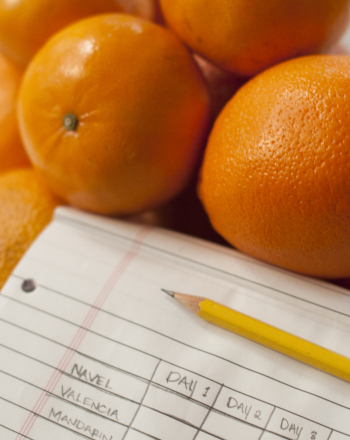
Does Skin Thickness Decrease Fruit Spoilage Rate?
Activity
Does Skin Thickness Decrease Fruit Spoilage Rate?
Does skin thickness really decrease fruit spoilage? Find out in this science fair project idea!
4th Grade
Activity
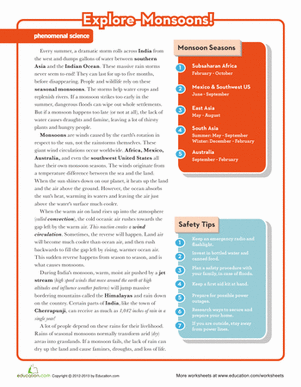
Monsoon Science
Worksheet
Monsoon Science
Learn about the science behind one of nature's most awesome spectacles: monsoons.
4th Grade
Science
Worksheet

Science of the Movies
Worksheet
Science of the Movies
Learn all about the science of the movies and the basic concepts behind how they work.
4th Grade
Science
Worksheet
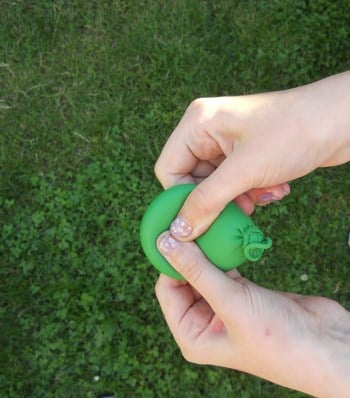
Do a Balloon Sandbag Science Experiment
Activity
Do a Balloon Sandbag Science Experiment
Your child will learn science and make a fun new malleable toy with this balloon sandbag science experiment.
4th Grade
Science
Activity
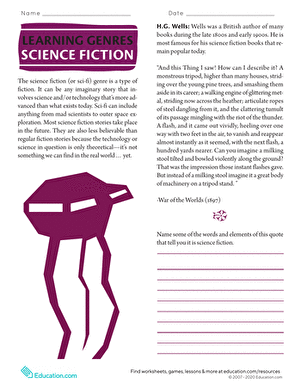
What is Science Fiction?
Worksheet
What is Science Fiction?
Science fiction is a hugely popular genre of books, movies and TV shows. Read this worksheet to get a taste of some of the originators of sci-fi.
4th Grade
Worksheet
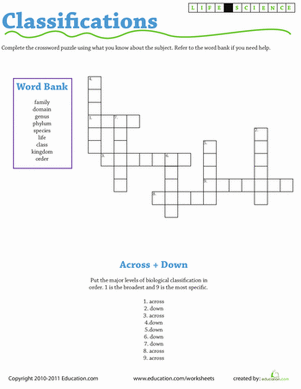
Life Science Crossword: Classifications
Worksheet
Life Science Crossword: Classifications
To complete this life science crossword, kids need to put the 9 levels of biological classification in the correct order.
3rd Grade
Science
Worksheet

Life Science Creative Writing Prompt
Worksheet
Life Science Creative Writing Prompt
This story writing prompt encourages children to get creative with an important life science concept: the food chain!
4th Grade
Science
Worksheet

Space Science Word Scramble II
Worksheet
Space Science Word Scramble II
Searching for a worksheet to help your fourth grader with science? This printable will help him practice astronomy vocabulary.
4th Grade
Science
Worksheet

Read to Learn: Natural Science
Workbook
Read to Learn: Natural Science
Your child will improve language arts skills while learning about life science in this workbook. It includes word searches, reading exercises, creative writing, spelling tests and other activities.
4th Grade
Science
Workbook
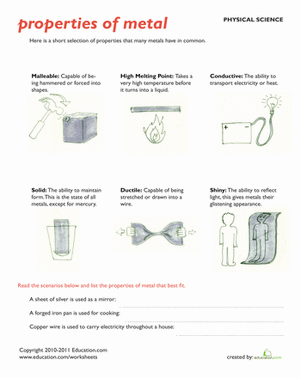
Physical Science Review: Properties of Metal
Worksheet
Physical Science Review: Properties of Metal
A good physical science review sheet to keep around for reference.
4th Grade
Science
Worksheet

Rx Rebus: A Science Picture Puzzle
Worksheet
Rx Rebus: A Science Picture Puzzle
Looking for a worksheet to help your child with science? This printable will help them with their biology vocabulary.
4th Grade
Science
Worksheet
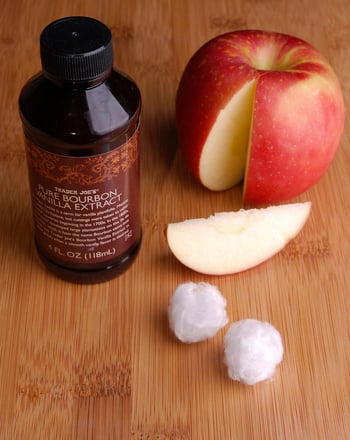
Taste Test Science: Fool Your Tongue!
Activity
Taste Test Science: Fool Your Tongue!
This taste buds science experiment demonstrates how strongly our sense of smell controls what we taste.
Science
Activity
See this activity in a set:
Spy Science! 7 Exciting Crafts for Young Detectives



